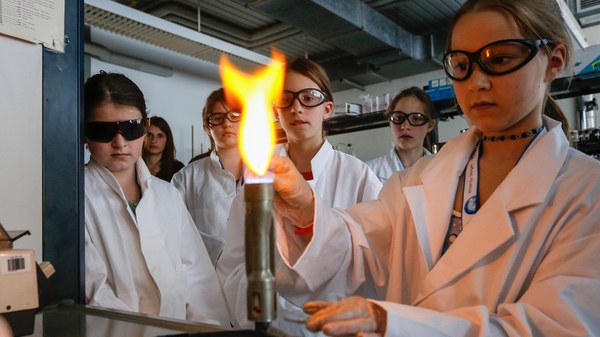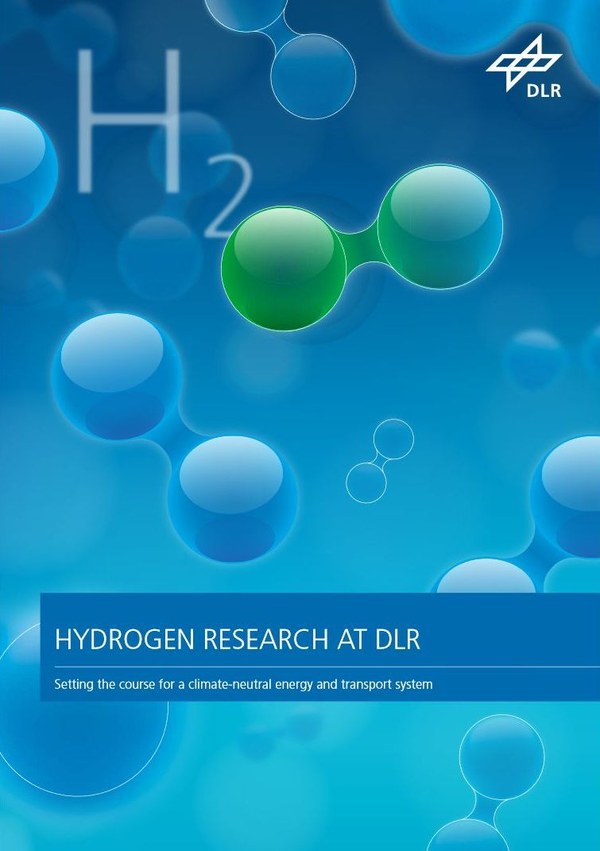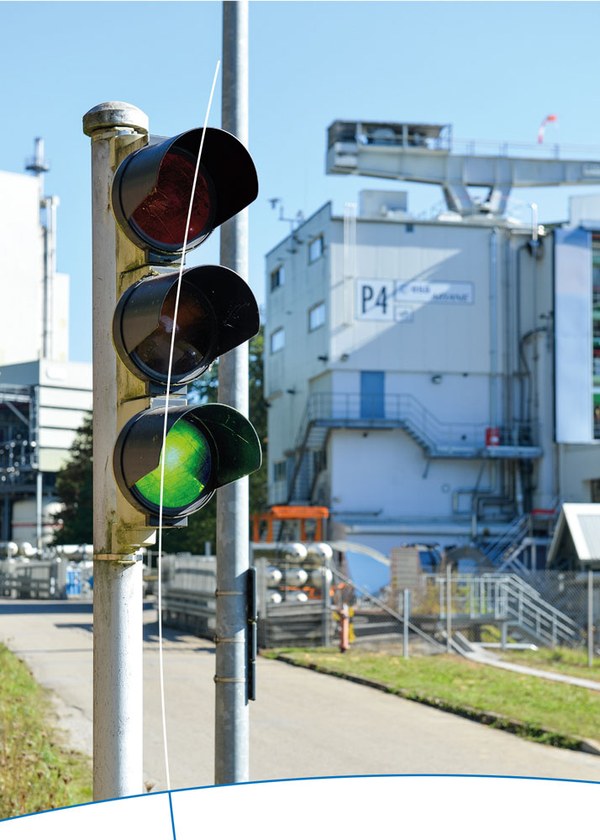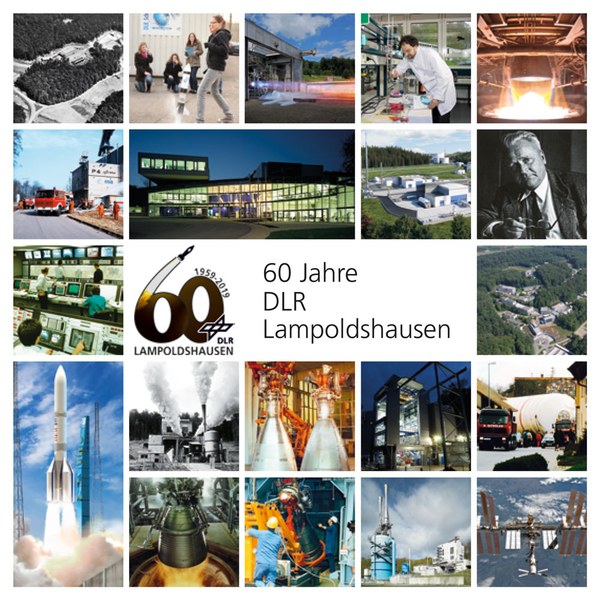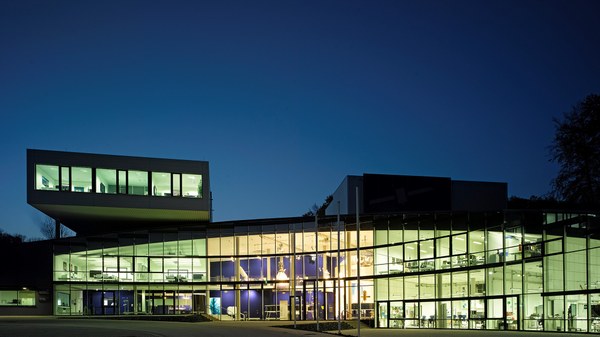Lampoldshausen
With scientific expertise, a unique infrastructure and openness to the use of forward-looking and cost-reducing technologies from the fields of digitalisation and artificial intelligence, Lampoldshausen has evolved into the European research and technology location for liquid chemical space propulsion.
Hydrogen has been an integral part of European spaceflight for more than four decades. Today, researchers at the DLR site in Lampoldshausen are working on transferring this historically acquired knowledge to the energy and mobility sectors. In doing so, DLR researchers are pushing the production of 'green' hydrogen as well as the expansion of a research and development platform to test hydrogen technologies in practice, develop them further and bring them into application. Close cooperation with small and medium-sized enterprises as well as other scientific institutions enables rapid scaling and fast industrial implementation.
The Institute of Technical Physics operates a 130-metre-long loptical test range at the Lampoldshausen site. The measurements and experiments with lasers and optical technologies carried out show how real environmental conditions influence the propagation of optical radiation. On the measurement track, a team of DLR scientists is researching, among other things, technologies that can be used to detect and locate space debris or to protect against uncrewed aerial vehicles. The experts are also investigating the extent to which lasers can be used to detect chemical, biological or explosive hazardous substances from a safe distance.
The DLR_School_Lab Lampoldshausen / Stuttgart looks at numerous aspects of launching into space and the research being undertaken at DLR's site in Stuttgart.
DLR site Lampoldshausen
German Aerospace Center (DLR)
Im Langen Grund
74239 Hardthausen am Kocher
Germany
Video
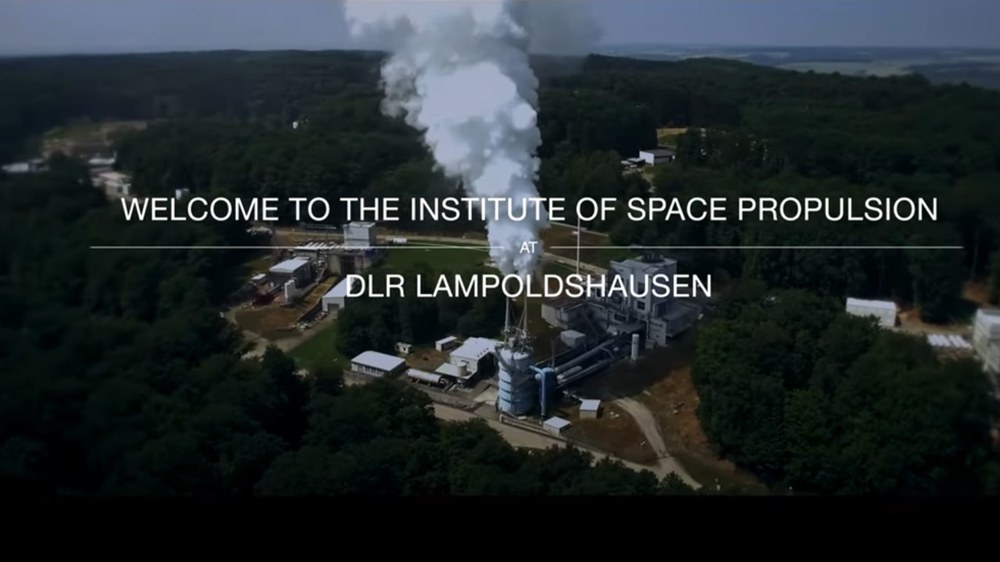
Video: The Institute of Space Propulsion in 3 minutes
Your consent to the storage of data ('cookies') is required for the playback of this video on Youtube.com. You can view and change your current data storage settings at any time under privacy.
How to find us
Images





